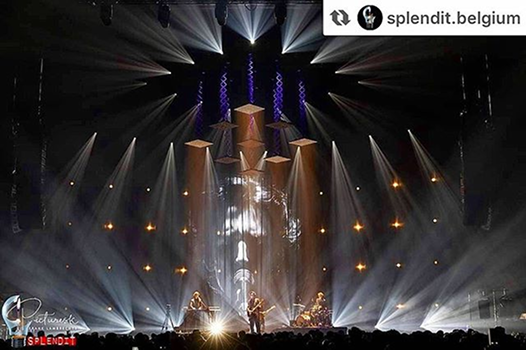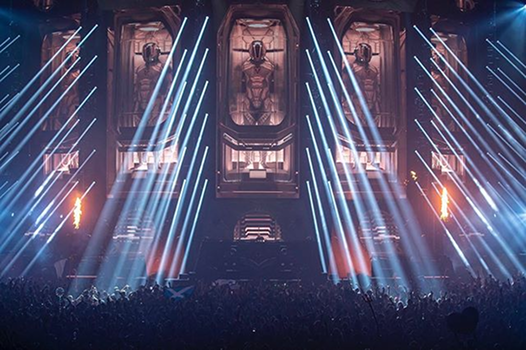NORTH AMERICA / ENGLISH
User login
27 / 10 / 2022
Robe Colours Up “Allesandro Nell’Indie” for Bayreuth Baroque Opera Festival
Products Involved
Bayreuth, Germany, an epicentre of creativity and exploration in the world of opera, hosted its third Baroque Opera Festival (BBOF) this year with a lively programme of works including “Allesandro Nell’Indie”, which was lit by French LD David Debrinay using over 50 Robe moving lights including T1 and T2 Profiles and LEDBeam 350s.
Previous
Next
Discover more news
Events

30/09/2025
Robe ANZ Official Launch Means Business
Events

26/09/2025
Robe Helps Hungarian National Day Spectacular
Investment

23/09/2025
Robe LEDBeam 150s are a Perfect Match for Baxter Theatre
Events

16/09/2025
Robe MegaPointe Beats for Love
Events

26/08/2025
Robe for Nuova Scena Launch Party
Navigate
Log in
Follow Us
Stay in Touch
Navigate
Log in
Follow Us
Stay in Touch
Robe international newsletter
All rights reserved. Created by Appio















